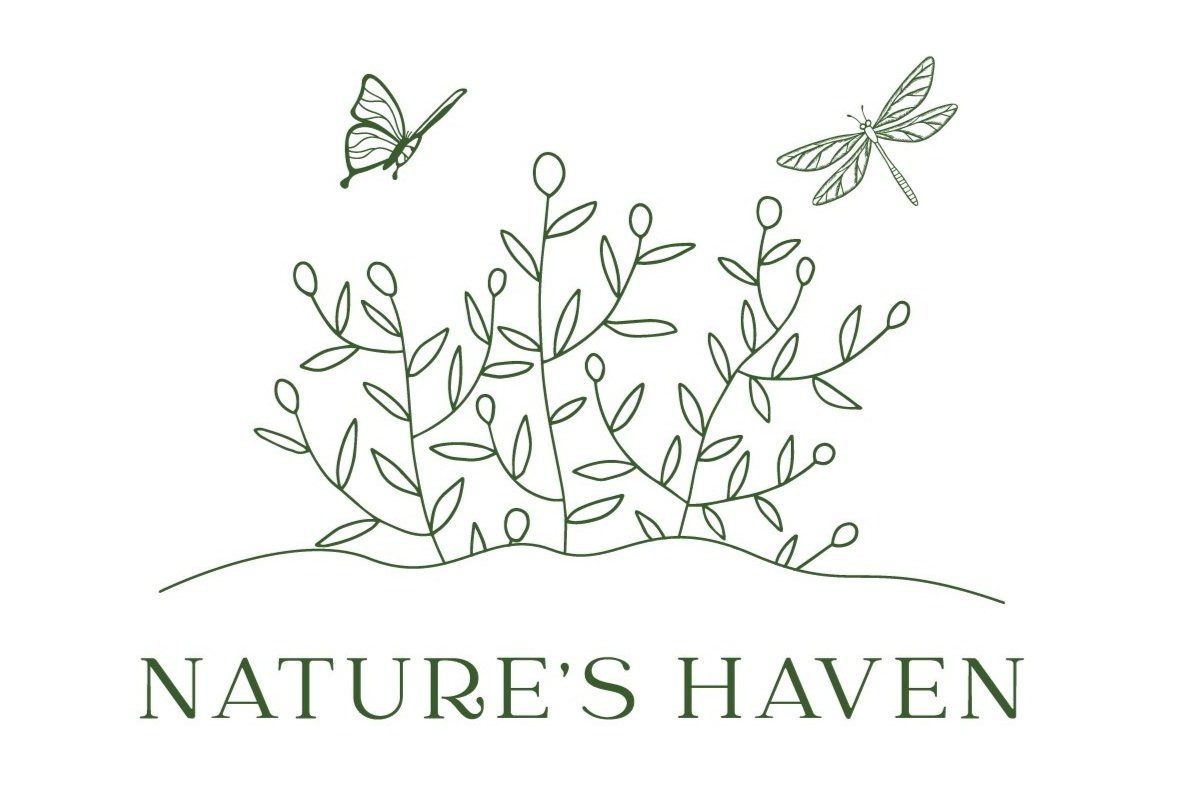Spotlight On: Self-Heal
Meet self-heal!
Out of curiosity, who else was taught this was a weed? 🙋♀️
Self-heal (Prunella vulgaris), AKA heal-all, AKA carpenter's herb, AKA woundwort, is actually a handy little plant with a rich history of medicinal use on four continents.
The above-ground parts of the plant, which is part of the mint family, are edible and have a history of use in treating everything from wounds and skin conditions to dizziness and sore throat. It can be consumed fresh in salads or dried and made into teas and tonics.
We particularly love it because it's a bumblebee favorite! This time of year, self-heal (like lots of plants) is going to seed, so now its purple flower clusters look kinda like pinecones. If you can get to them before they're opened up, you can crush up the dried-out flower and see the tiny seeds!
Self-heal spreads via rhizomes and it also self-seeds easily. It forms clumps that can be divided, ultimately spreading into a soft, beautiful ground cover with flower stalks reaching 12" tall. It likes moist, open meadow environments but does well in a range of soil and light conditions. Have you ever seen self-heal growing along a roadside? This plant does well anywhere it can get sunshine! (Plus, for all you Backyard Habitat participants, self-heal is on the Portland Plant List! 💜)
Plant self-heal with:
Douglas meadowfoam
Yarrow
Red monkey flower
Cusick’s checkermallow
Western coneflower



